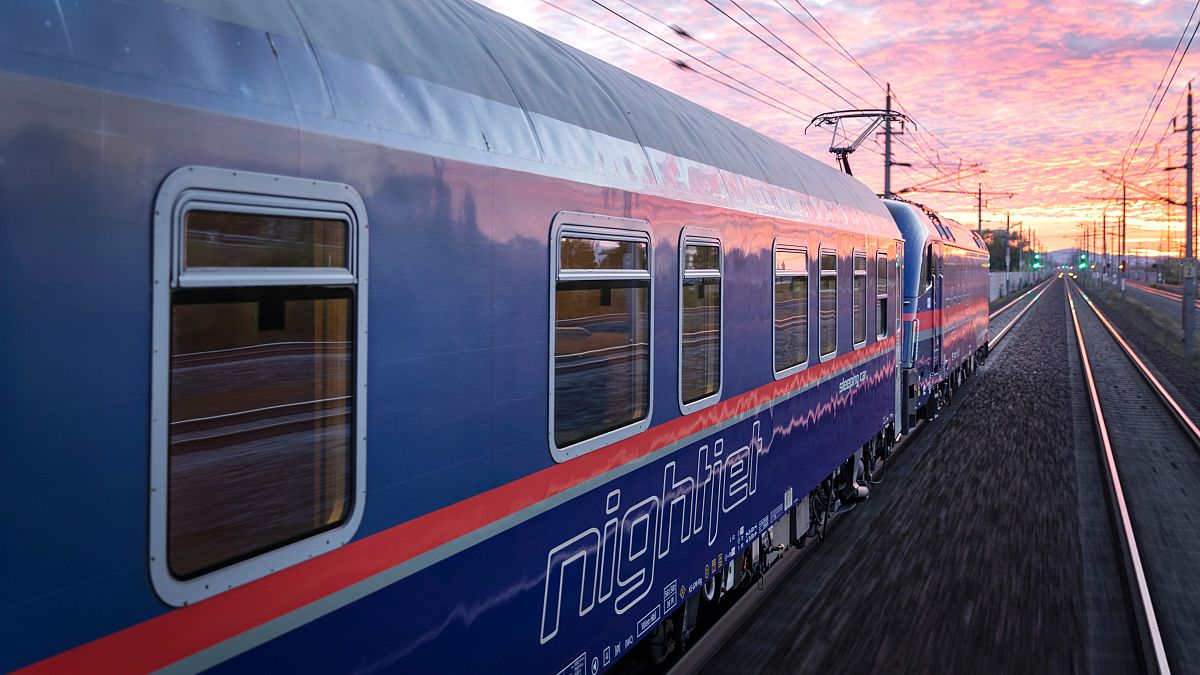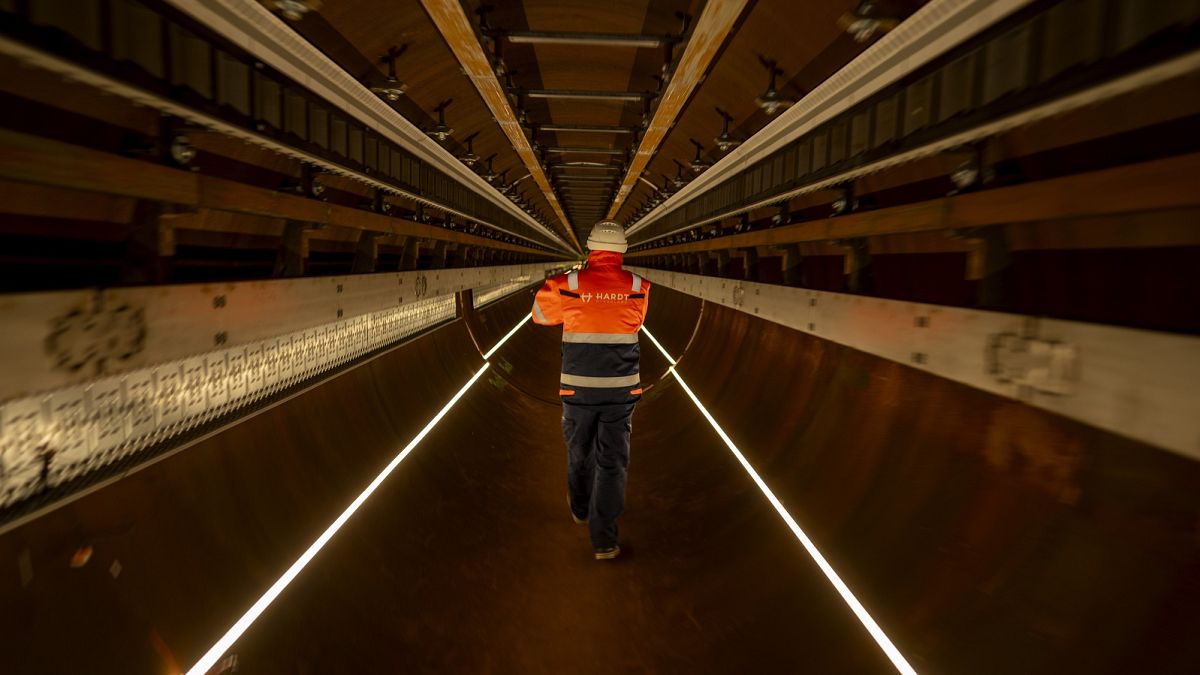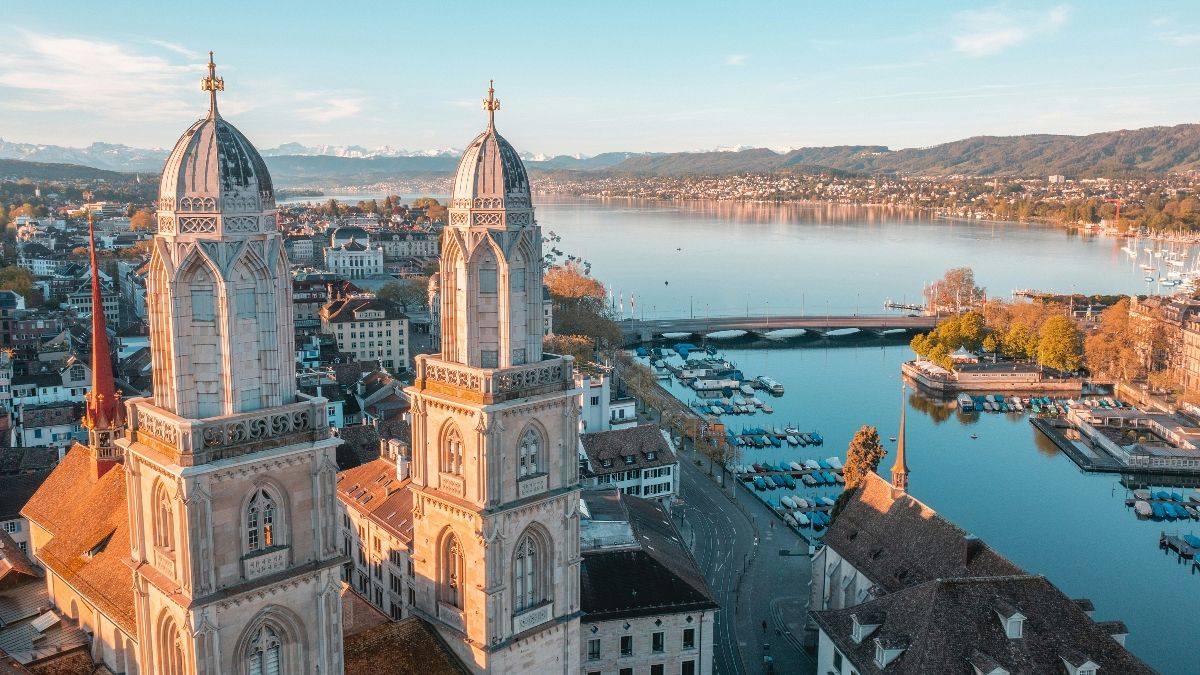This stunning national park is just 45 minutes from Krakow

From Jurassic limestone karsts to lush valleys, Ojców National Park offers a peaceful escape.
Krakow has no shortage of medieval monuments and tucked away bars to explore. But a few days in Poland’s compact second city is enough, giving you time to explore further afield.
Day trips from Krakow range from a sobering visit to Auschwitz to an educational trip down Wieliczka Salt Mine.
Nature lovers often head to Zakopane, at the base of the Tatras Mountains. A two-hour drive away, the tourist-packed town is best explored on an overnight trip.
If you’re pressed for time, though, there’s a lesser explored natural wonder right on Krakow’s doorstep: Ojcowski National Park.
Here’s how to visit its towering limestone karsts, Neolithic caves and lush green valleys.
What to see in Ojcowski National Park
Limestone cliffs, ravines and over 400 caves make up the varied landscape of Ojcowski National Park – often shortened to Ojców – in the Polish Jurassic Highland.
Covering less than 22 km squared, it is the country’s smallest national park and is easily explored by bicycle or on foot.
The park is well signposted with coloured trails leading the way to its main attractions.
Follow in neanderthals’ footsteps in Ciemna Cave
Ciemna Cave bears traces of human settlement dating back more than 100,000 years.
Polish speakers can learn about the cave’s Neanderthal settlements on a guided tour, while others can join to admire the stalactites, stalagmites and bats inside the grotto.
An office at the base of the hill sells tickets for PLN 20 (€4.30) for adults and PLN 10 (€2.20) for children.
The steep steps leading up to the attraction are not for the faint hearted, but it’s well worth persevering past the cave itself. Higher up, you’ll come across an iconic view of the Skala Biala Reka or ‘white hand rock’ – shaped like a raised hand.
You can catch sight of the Brama Krakowska (Krakow Gate) from the viewing platform at Ciemna Cave, but the towering natural structure is well worth an up-close look.
Further down the trail, you’ll also find King Lokietek’s Cave – the park’s largest. It is rumoured to have been used as a hiding place for a 14th century Polish king threatened with capture.
Explore castles on the Trail of the Eagle’s Nests
On a limestone cliff on the boundaries of Ojców, you’ll find Pieskowa Skała castle.
The well preserved structure is one of the best surviving examples of Poland’s Renaissance architecture. After wandering its manicured garden, check out the collection of Polish art inside before admiring the panoramic views from the onsite restaurant.
Pieskowa Skała is one of 25 medieval castles and watchtowers along what’s known as the Trail of Eagle’s Nests.
The chain also includes the 14th century Ojców Castle, perched right above one of the park’s main car parks.
Fuel up on zapiekanka in a picturesque setting
If you get peckish while wandering Ojców National Park, make a beeline for Pod Puchaczówką.
From an unassuming wooden shack nestled among green fields and towering rocks, its friendly owner serves up delicious ‘zapiekanka’ – open toasted baguette sandwiches – from just PLN 12 (€2.60).
Try the traditional mushroom and cheese, topped with fresh chives from the garden and paired with refreshing homemade lemonade.
Just around the corner, you can satisfy your sweet tooth at Kawiarnia Niezapominajka, a cute cafe serving coffee and cake.
How to get to Ojcowski National Park
Ojcowski National Park is around 20 km northwest of Krakow. It is easily reached by car in around 40 minutes.
Uber is also readily available in Krakow, and a ride to Ojców costs anywhere between 75 and 130 zloty (€16-28), depending on demand.
Alternatively, it is possible to get the bus to Ojców Castle for around PLN 12 (€2.60).
Feeling active? You can hire a bike or e-bike from the city and cycle to the park in under 1.5 hours.
For a peaceful overnight escape from the hustle and bustle of Krakow, you can even stay overnight in one of the park’s quaint hotels and guesthouses.
Ojców National Park is open to the public year-round. It is free to enter but some attractions are individually ticketed.
Source: Euro News














